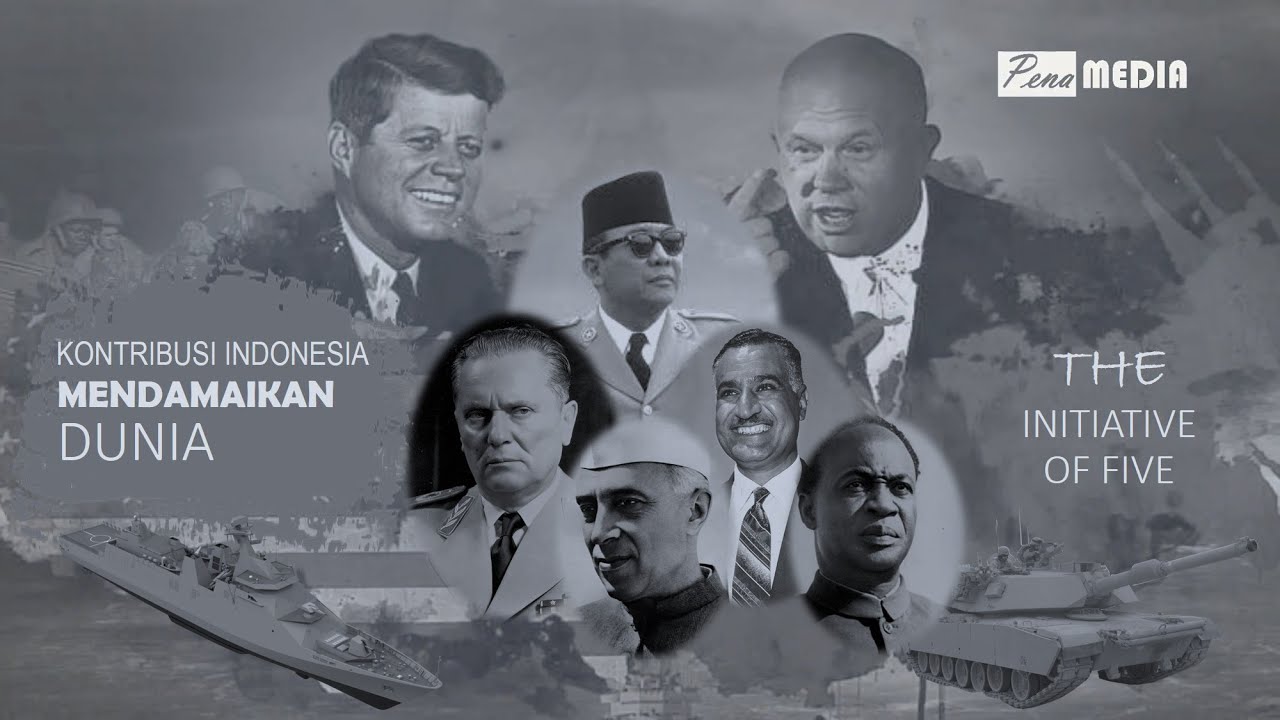#6 FOUNDATIONS: Civil Rights 24'34'' / Thomas E. Patterson / Kennedy School of Government, Harvard
Summary
TLDRThis video explores the pivotal developments in civil rights in the United States, focusing on the surge of activism following World War II. It examines the significance of the Fourteenth Amendment's Equal Protection Clause, particularly in the landmark Brown v. Board of Education ruling that ended school segregation. The discussion highlights the limitations of the Fourteenth Amendment, leading to the enactment of the 1964 Civil Rights Act, which prohibits discrimination in public and employment sectors. Additionally, it addresses the evolution and judicial constraints of affirmative action policies designed to promote equal opportunities for women and minorities.
Takeaways
- 😀 The U.S. Declaration of Independence declared that 'all men are created equal,' despite the existence of slavery since 1619.
- 🗓️ The Emancipation Proclamation, issued during the Civil War, aimed to free enslaved people but did not end systemic repression of Black Americans.
- 🏛️ Jim Crow laws enforced racial segregation in Southern states after the Civil War, perpetuating discrimination against Black Americans.
- 🚶♂️ The 1963 March on Washington and Martin Luther King Jr.'s 'I Have a Dream' speech were pivotal moments in the civil rights movement.
- 📜 The Civil Rights Act of 1964 prohibited discrimination in public accommodations and employment based on race, color, religion, sex, or national origin.
- ⚖️ The Fourteenth Amendment's Equal Protection Clause prohibits states from denying any person equal protection under the law.
- 🏫 The Supreme Court's ruling in Brown v. Board of Education (1954) declared racially segregated public schools unconstitutional.
- 🔄 Affirmative action was introduced as a policy to address systemic inequalities faced by marginalized groups.
- 📊 Affirmative action shifted the burden of proof to employers and institutions, requiring them to ensure equal opportunities for women and minorities.
- 🚨 The Supreme Court has narrowed the scope of affirmative action over time, affecting its implementation in educational and employment contexts.
Q & A
What fundamental contradiction does the video highlight regarding American ideals?
-The video highlights the contradiction between the ideals of freedom and equality stated in the Declaration of Independence and the existence of slavery, which denied these rights to enslaved people.
How does the video describe the systemic inequalities faced by Black Americans post-Civil War?
-Despite the abolition of slavery, Black Americans continued to face systemic inequalities, including segregation and discriminatory laws that limited their civil rights and opportunities.
What role did the Fourteenth Amendment play in civil rights legislation?
-The Fourteenth Amendment aimed to provide equal protection under the law but was initially interpreted in ways that allowed discrimination to persist, particularly in southern states.
Which landmark Supreme Court case is discussed, and what was its significance?
-The video discusses 'Brown v. Board of Education' (1954), which was significant for declaring that racially segregated public schools were unconstitutional, paving the way for future civil rights advancements.
What was the impact of the Civil Rights Act of 1964?
-The Civil Rights Act of 1964 banned discrimination in public accommodations and employment, representing a major legislative step toward ensuring civil rights for all individuals.
What is affirmative action, and why was it introduced?
-Affirmative action was introduced as a policy to address historical discrimination and promote equal opportunities for women and minorities, shifting some burden of proof onto employers.
How has the Supreme Court influenced affirmative action over the years?
-The Supreme Court has gradually narrowed the scope of affirmative action, impacting how policies are implemented and the degree of protections offered to disadvantaged groups.
What ongoing challenges related to civil rights does the video mention?
-The video mentions ongoing challenges such as systemic inequalities and the contentious nature of debates surrounding affirmative action and equal rights.
What does the video suggest about the relationship between legislation and societal attitudes?
-The video suggests that while legislation like the Civil Rights Act has made significant strides, societal attitudes towards equality and discrimination are still evolving and remain a source of contention.
In what way does the video connect the civil rights movement to a broader struggle for equality?
-The video connects the civil rights movement to a broader struggle by noting that various groups, including women, Native Americans, and LGBTQ+ individuals, have also fought for recognition and equality in American society.
Outlines

Dieser Bereich ist nur für Premium-Benutzer verfügbar. Bitte führen Sie ein Upgrade durch, um auf diesen Abschnitt zuzugreifen.
Upgrade durchführenMindmap

Dieser Bereich ist nur für Premium-Benutzer verfügbar. Bitte führen Sie ein Upgrade durch, um auf diesen Abschnitt zuzugreifen.
Upgrade durchführenKeywords

Dieser Bereich ist nur für Premium-Benutzer verfügbar. Bitte führen Sie ein Upgrade durch, um auf diesen Abschnitt zuzugreifen.
Upgrade durchführenHighlights

Dieser Bereich ist nur für Premium-Benutzer verfügbar. Bitte führen Sie ein Upgrade durch, um auf diesen Abschnitt zuzugreifen.
Upgrade durchführenTranscripts

Dieser Bereich ist nur für Premium-Benutzer verfügbar. Bitte führen Sie ein Upgrade durch, um auf diesen Abschnitt zuzugreifen.
Upgrade durchführenWeitere ähnliche Videos ansehen

The History of the United States of America Explained in 14 Minutes

HISTÓRIA DOS ESTADOS UNIDOS | Crescimento Econômico e Guerras Mundiais | Parte 4

Sejarah gerakan non blok

Perang Besar yang Membunuh Puluhan Juta Jiwa - Sejarah Perang Dunia 2 (2)

Belajar Bahasa Inggris Sambil Mengingat Sejarah Kemerdekaan Indonesia | Dirgahayu NKRI ke-75

Unit 3.3 (Part 3)
5.0 / 5 (0 votes)
